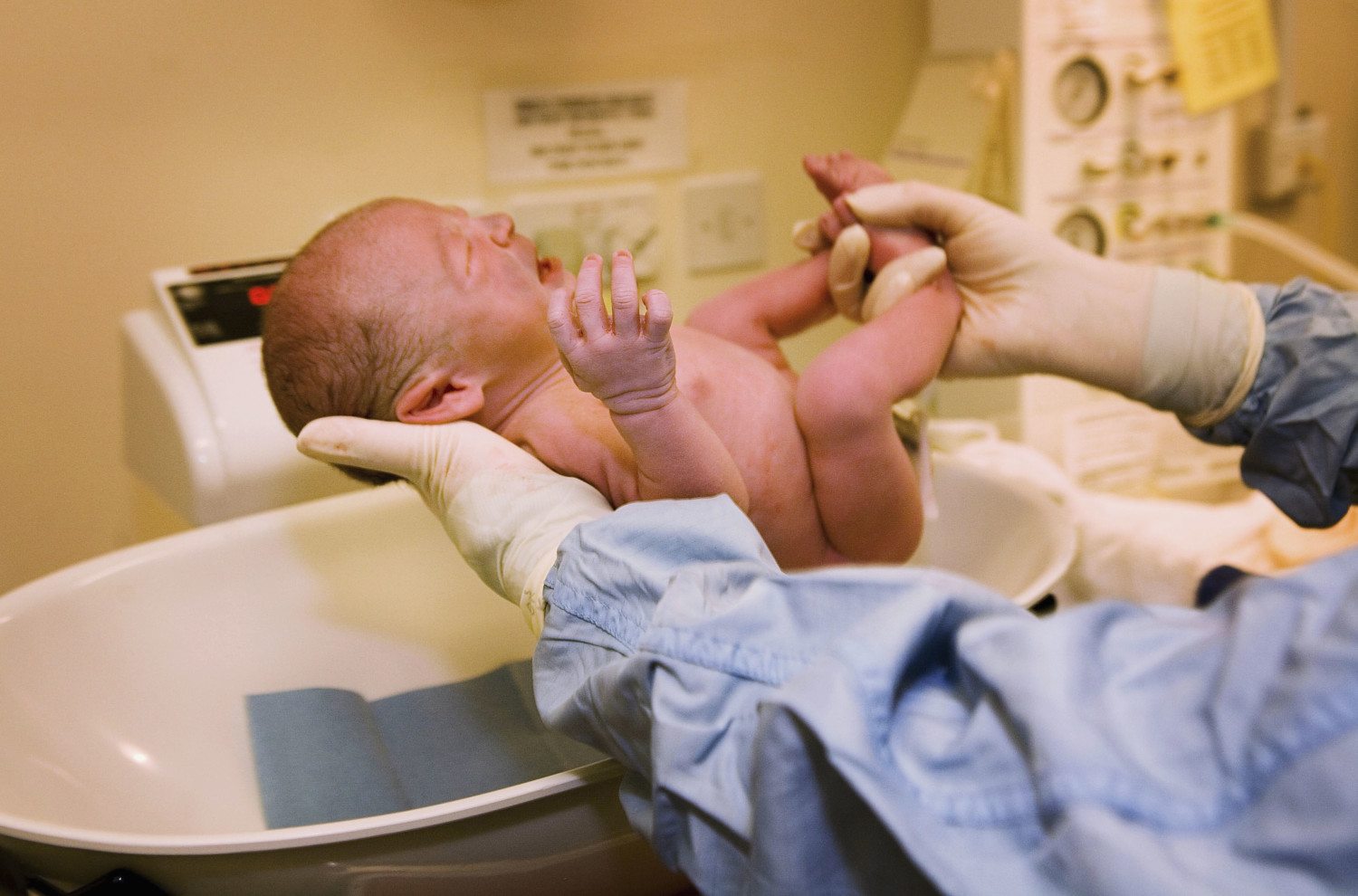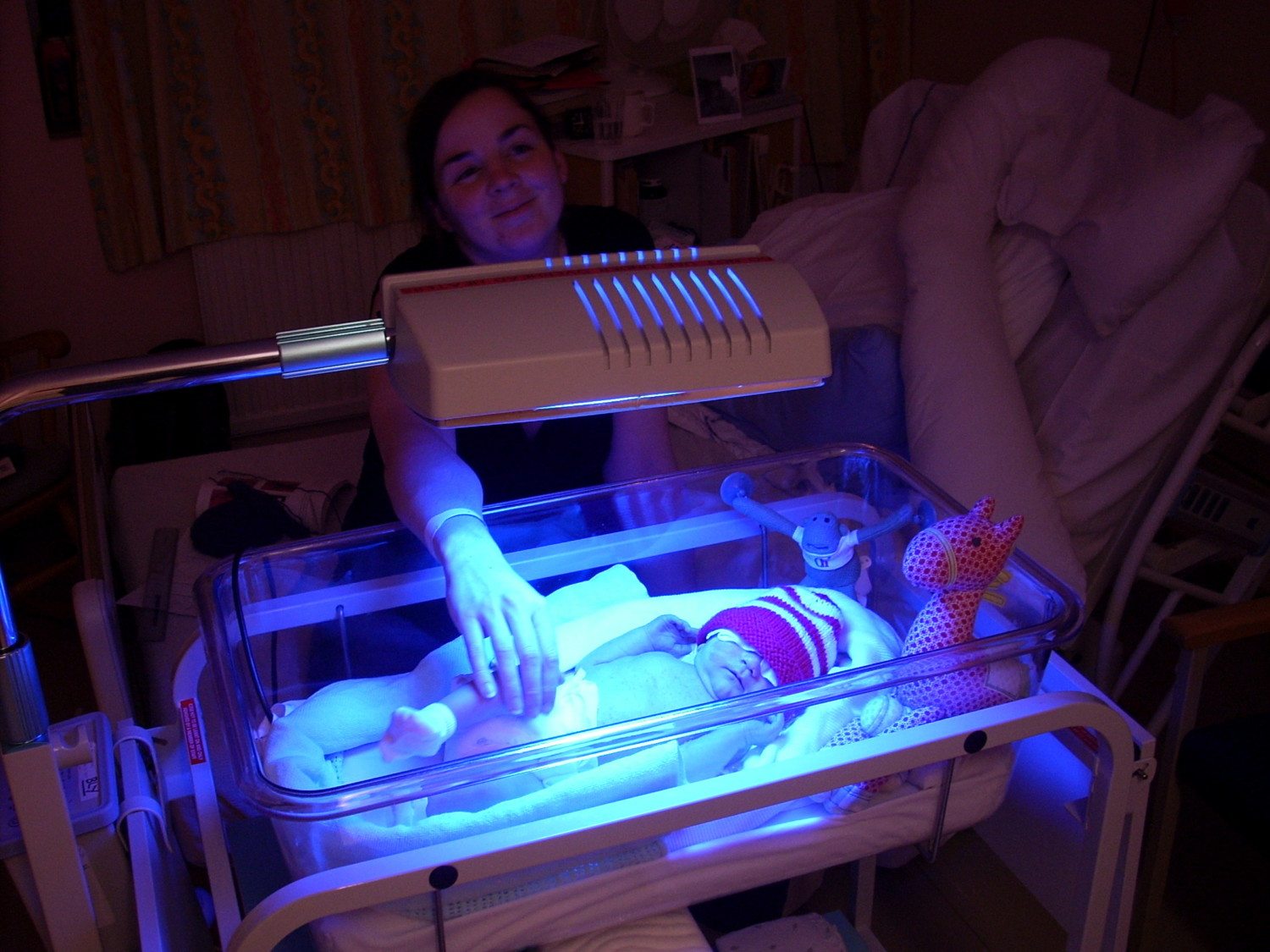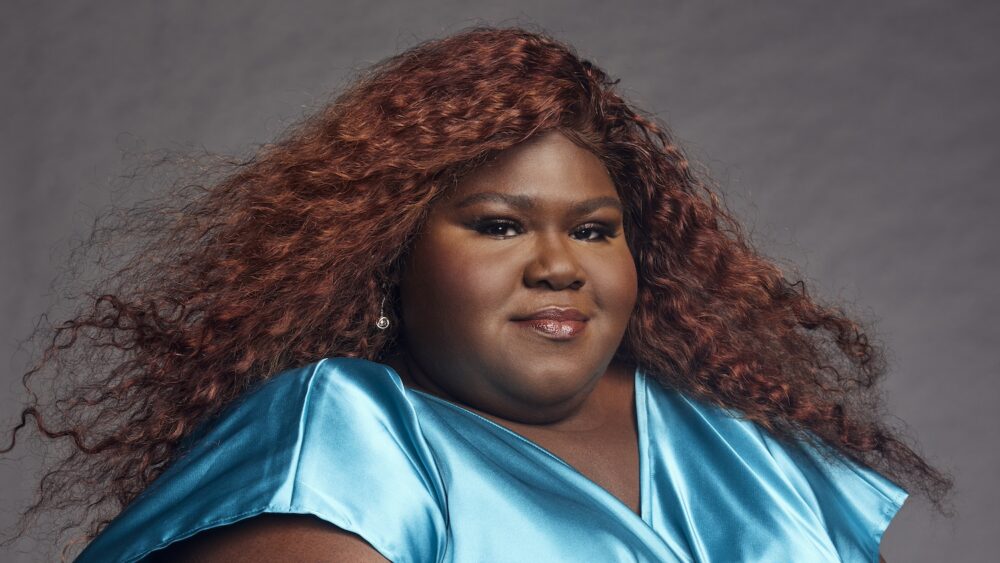New Cord Clamping Guidelines Reinforce Benefits Of Delayed Clamping

You probably already know that sometime after childbirth the umbilical cord is cut, separating mother and baby, and that the cord is clamped and left to dry and fall from the baby’s belly button.
But you may not know that many doctors now support the practice of “delayed cord clamping,” which leaves the umbilical cord attached for at least 30 to 60 seconds before clamping and cutting it. This is because a growing body of research has shown that there are benefits to leaving the umbilical cord attached right after childbirth.
Leading Group Changes Course On The Issue
Until recently, the American College of Obstetricians and Gynecologists (ACOG) hadn’t endorsed this practice, citing insufficient evidence. However, in December 2016, ACOG officially changed its position and issued a new set of guidelines, recommending that doctors and midwives hold off on clamping the cords of all healthy newborns for at least 30-60 seconds. This update to their 2012 guideline is based on recent research that not only do preterm infants benefit from delayed cord clamping, but that full-term infants do as well.
Health Benefits For The Baby
For babies who don’t require immediate cord-cutting for a health reason, delaying the cutting of the umbilical cord increases hemoglobin levels at birth and improves iron stores for several months, which helps prevent iron deficiency during the first year of life, according to ACOG. For preterm babies, delayed umbilical cord clamping improves transitional circulation, facilitates better establishment of red blood cell volume and decreases the need for blood transfusion.
“While there are various recommendations regarding optimal timing for delayed umbilical cord clamping, there has been increased evidence that shows that the practice in and of itself has clear health benefits for both preterm and term infants,” said Maria A. Mascola, MD, the lead author of the Committee Opinion in a press release. “And, in most cases, this does not interfere with early care, including drying and stimulating for the first breath and immediate skin-to-skin contact.”
Risks Associated With Delayed Cord Clamping
ACOG did note in its findings that delayed cord clamping is associated with higher incidence of jaundice. Because of this, the organization recommends that doctors pay close attention to the need for this and to have phototherapy—the standard treatment for jaundice, where babies are placed under lights—at the ready.
We Need Your Help: Take Our Vacation Survey (And Enter To Win A $100 Gift Card!)
Skin-To-Skin Contact Important After Birth
A recent study published in the December 2016 edition of the journal Pediatrics found that holding babies skin-to-skin has long-lasting benefits that impact everything from behavior to structural changes in the brain.
“Kangaroo care,” as it’s often called, is especially important for preterm babies. Kangaroo care means a baby lays on the chest of a caregiver, ideally for long stretches of time wearing nothing but a diaper and a blanket to stay warm. While this skin-to-skin contact is often with the mother, it doesn’t have to be. Many dads find getting this early skin-to-skin contact with their babies is a good way to bond—and to give mom a break.
Babies who receive kangaroo care after birth have fewer behavioral problems and demonstrate changes in parts of the brain linked to learning even 20 years later. These babies also gain weight faster and show improved oxygen saturation.
Previous research supports the idea that kangaroo care provides short-term benefits for the survival and neurodevelopment of preterm babies, but this latest research was able to show the long-lasting benefits of this skin-to-skin contact.
RELATED: 3 Secrets To Potty Training Your Child In Just 3 Days
Many hospitals promote early skin-to-skin contact for mothers and babies. However, if it’s not something the staff is pushing, patients should feel comfortable advocating for it themselves. Particularly if a mom is hoping to breastfeed her baby, experienced staff will know that one early step to making that happen is to get the baby on mom’s skin early and frequently.











